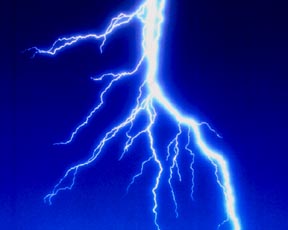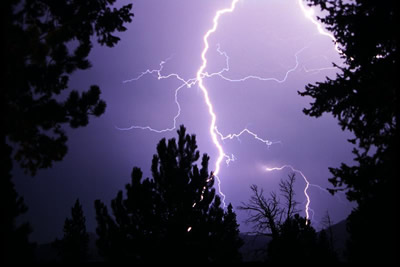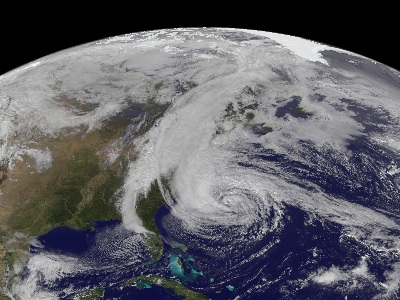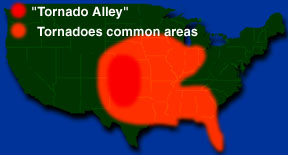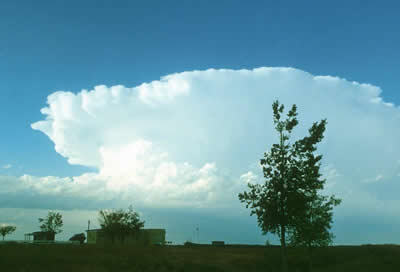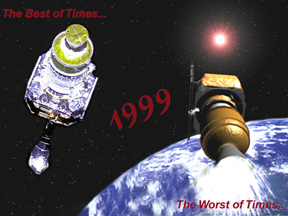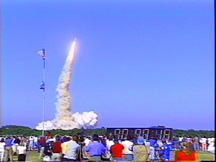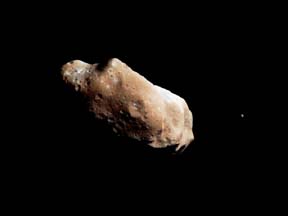Click on image for full size
Courtesy of Corel Photography
Related links:
Things You Probably Don't Know About Lightning
News story originally written on June 25, 1999
Everyone knows that lightning is very dangerous. But how much do you really know about lightning? Do you know how it really works? How many people are killed or injured each year? Where do most lightning deaths occur? Below are some interesting facts about those dangerous flashes.
So, how deadly is lightning? On average, about 100 people are killed in the United States every year. This is actually more than tornadoes or hurricanes! Also, a large majority of lightning strike victims is male. This may be due to the large number of male golfers and football players!
Can you guess which state holds the title of "Deadliest State"? If you're thinking of a state in the famous Tornado Alley, you're wrong. It's not Oklahoma or Texas. The title actually belongs to.... Florida. That's right! Twice as many lightning casualties occur in Florida than any other state. Not surprising, is the fact that most deaths occur on Sunday than any other day of the week. Why? Because it is the most popular day to be out on the golf course!
The most important thing to remember, is that safety comes first during an electric storm. So, when your local meteorologist predicts a thunderstorm in the afternoon, (which happens to be the time of day with the most lightning strikes) don't head out to the local golf course. You may get much more than you bargained for!


